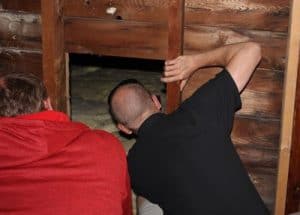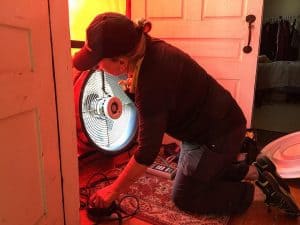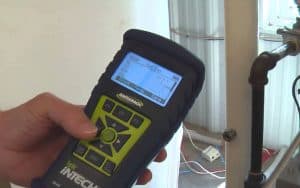Building Science & Tools
Homes are under negative pressure, so, in the winter, cold air is drawn in through gaps in the basement and first floor.
Homes are under negative pressure, so, in the winter, cold air is drawn in through gaps in the basement and first floor. Incoming cold air then becomes warm air, rising through the home in a process known as the “stack effect”or “chimney effect.”
This warm air then escapes through gaps in the roof and attic. Ice dams are caused by this warm air melting snow on the roof, which refreezes when it reaches the colder eaves, building up ice that we see as icicles and ice dams.
Other problems one may encounter because of air leakage are high heating bills, drafts, mold growth, and insect and pest infestations.
In the summer, the temperature problem is reversed. Warm air is drawn in from the attic, replacing the cold conditioned air from the lower level.
HEAT Squad has BPI-certified Home Performance with Energy Star auditors on staff who keep your best interests at heart.

Energy Audit Tools
The blower door test gently pulls air in until the pressure inside is lower relative to outside pressure, simulating wind hitting all sides of the building at once. This test requires several tools such as the blower door kit, infrared camera and visual inspection, and combustion analyzer.

The Blower Door Kit
Identifies the location and size of costly air leaks, which result in cold and drafty rooms, high heating and cooling bills, and other problems.

Infrared Camera
In conjunction with a visual inspection, this camera investigates the amount, location, effectiveness, and material of the insulation. Lack of insulation, or insulation not to proper building standards, results in cold spots, heat loss, and high heating bills.

Combustion Analyzer
This tool checks the safety and efficiency of your combustion appliances (furnace/boiler, gas stove, gas fireplace, and gas hot water heater) through three tests: the draft test, stack temperature test, and a test of the efficiency of the unit.
